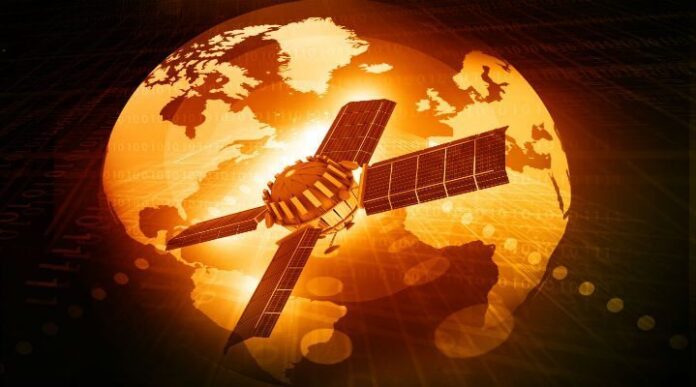As access to space becomes more commonplace, wireless companies that rely in part or completely upon satellite communications stand to gain. The pinnacle of space technology will be reached, as has been the case in past eras, when it becomes commercially viable.
Today, dynamic new space companies like Space X, Orbital Technologies and Blue Origin are working toward making space profitable. Orbcomm, a machine-to-machine telecommunications satellite-messaging provider, is already starting to benefit from this move.
Previously, if a company wanted a satellite in orbit, it had to pay a premium and generally hitch a ride with a larger payload. Its options of launch partners were also limited by the availability of launch sites. This forces satellite companies to contract with overseas operators like the Russian Federal Space Agency, which operates Baikonur Cosmodrome in Kazhastan, adding a substantial mark up to the already expensive prospect of launching a satellite into space.
Historically, satellite telecommunications firms have struggled somewhat to carve out a market niche. Their initial investment is far higher than traditional telecom companies. Orbcomm’s new satellites cost roughly $11 million each, as opposed to a cell tower which generally runs about $150,000 apiece. Satellite companies’ operating costs diminish once their satellite is in orbit, unless it is destroyed during lift off — not an unusual occurrence when dealing with rockets.
Satellites such as Orbcomm’s M2M network provide vital services to clients such as GPS tracking, M2M messaging and satellite phone communication. Orbcomm, which was founded in 1993 through a merger of Orbital Science and Teleglobe, provides global service but has a limited market niche. Satellite communications have previously been limited by infrastructure and technology. They are expensive to build and launch, and only they work when they are in range — and when in range can only handle a limited amount of data.
Orbcomm CEO Marc Eisenberg referred to the gap in Orbcomm’s coverage as a hole in the sky. Eisenberg was referring to a period of time that Orbcomm clients experience daily when they are out of range of the satellites causing service not only to be disrupted, but delivery of messages to be backed up, which overloads the system when service resumes.
SpaceX recently lofted six second-generation Orbcomm Satellites into space, the first in a series of 18, with more launches scheduled for later this year and early 2015. The new satellites are Orbcomm’s attempt to remedy its hole-in-the-sky problem. Each of the new satellites built by private space firm Sierra Nevada has more capacity than the entire existing constellation, yet is able to interface directly with users’ existing equipment. Those satellites run $200 million apiece, with an additional $47 million spent to launch each satellite.
Eisenberg is quoted as saying Orbcomm could expect between $2 million to $6 million more in revenue from the new satellites. More reliable service makes for happier clients and happier clients provides Orbcomm and other satellite telecom providers the opportunity to expand their market share of the telecom industry.
Photo copyright: bluebay / 123RF Stock Photo

